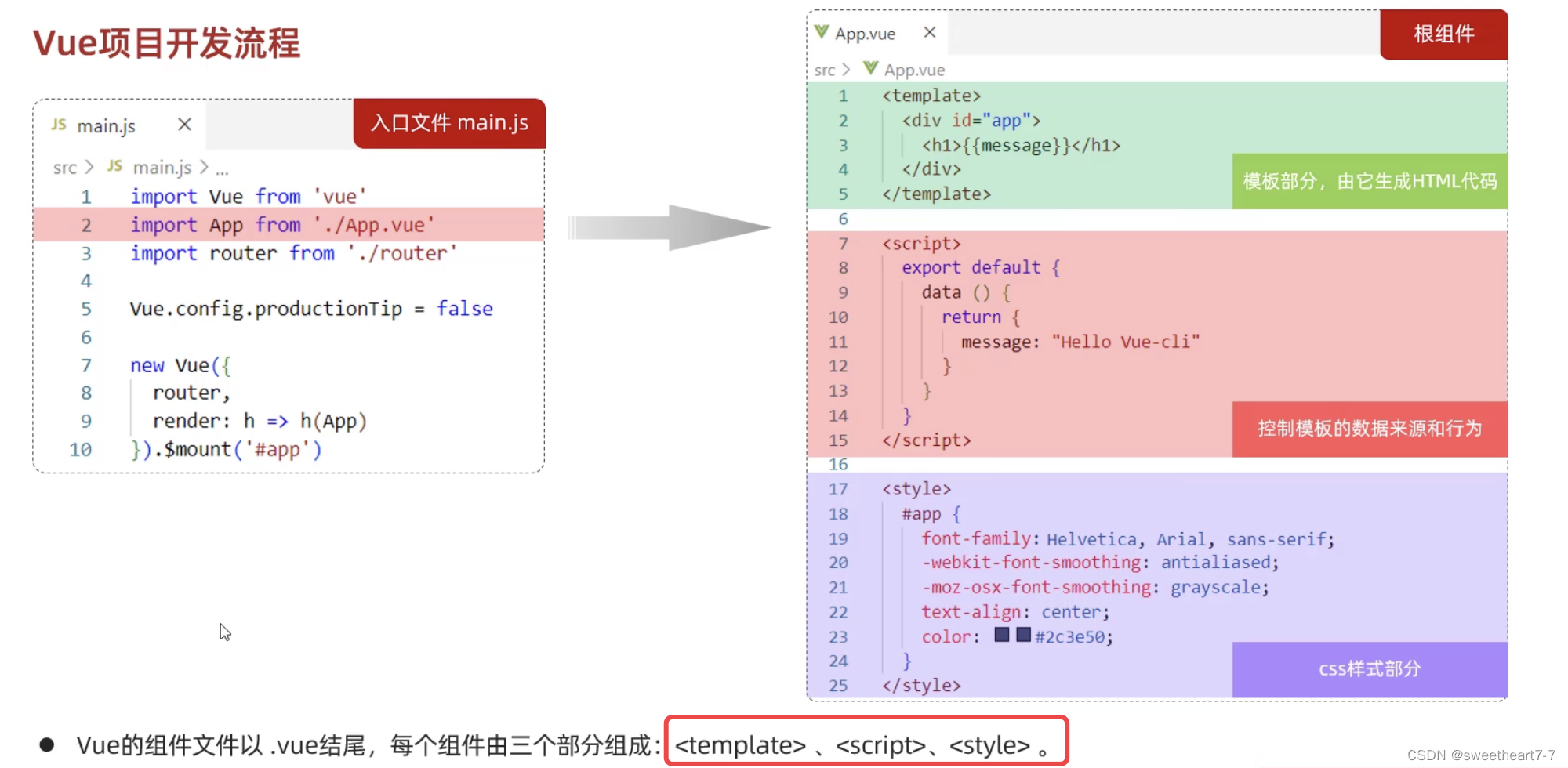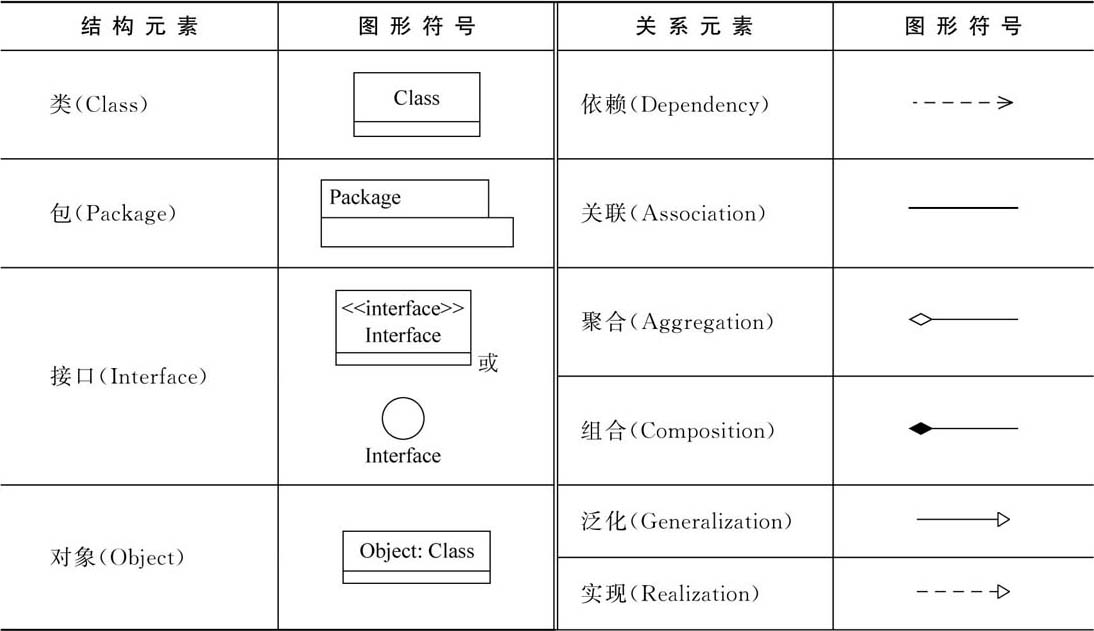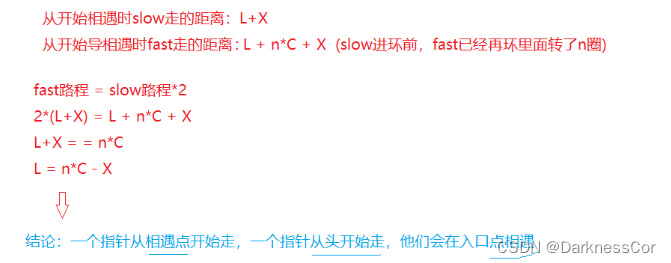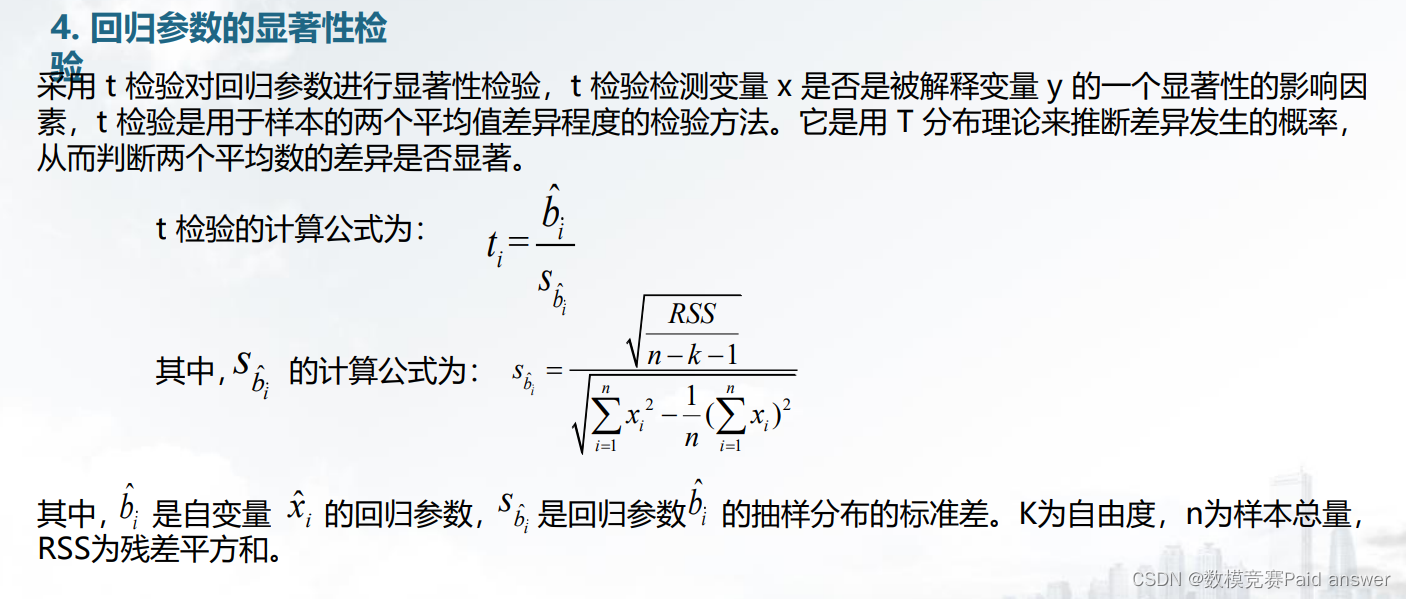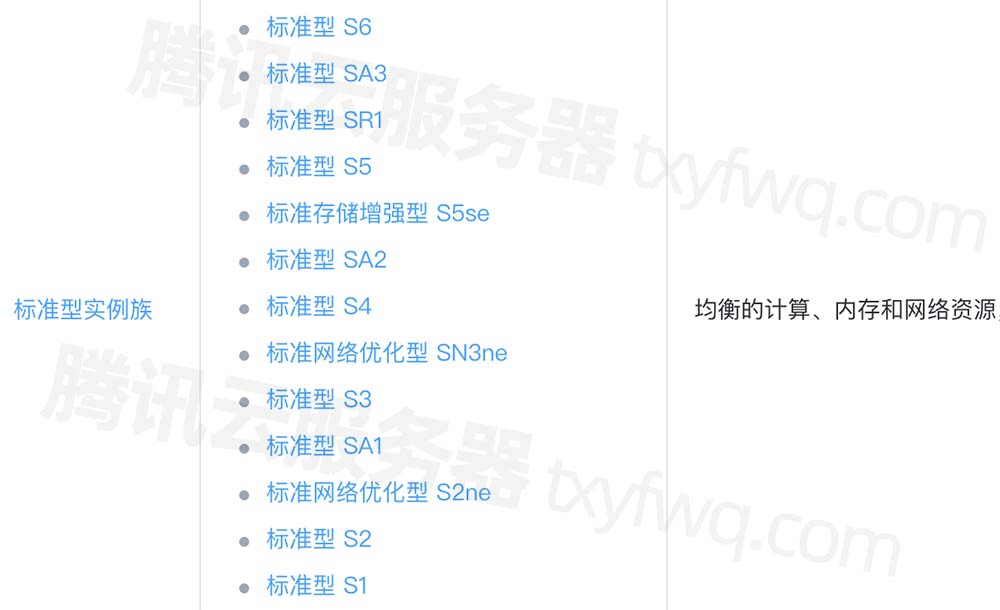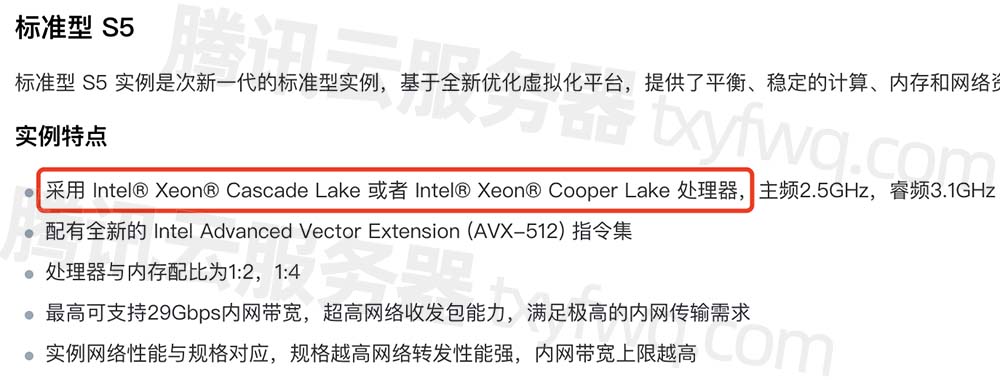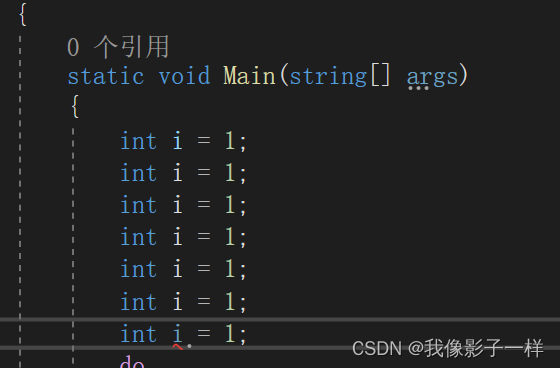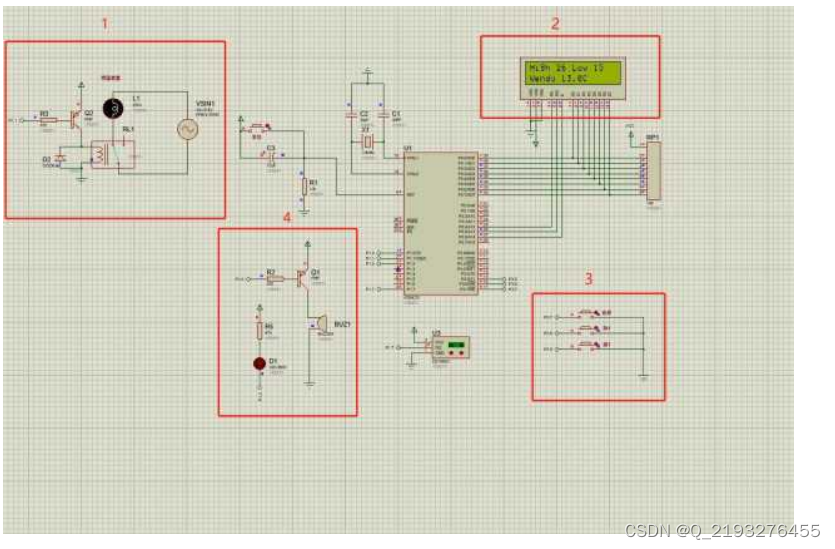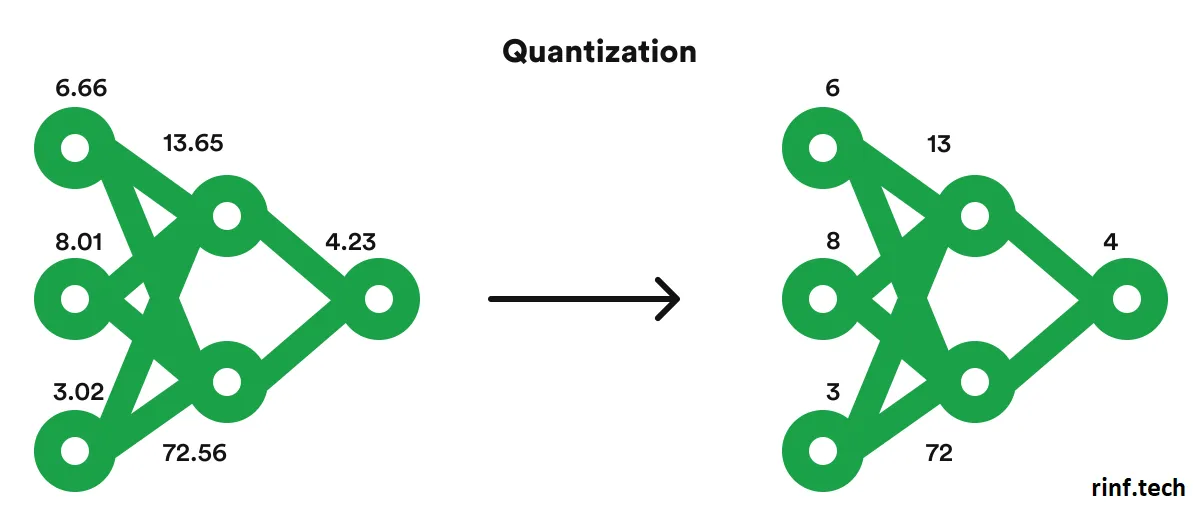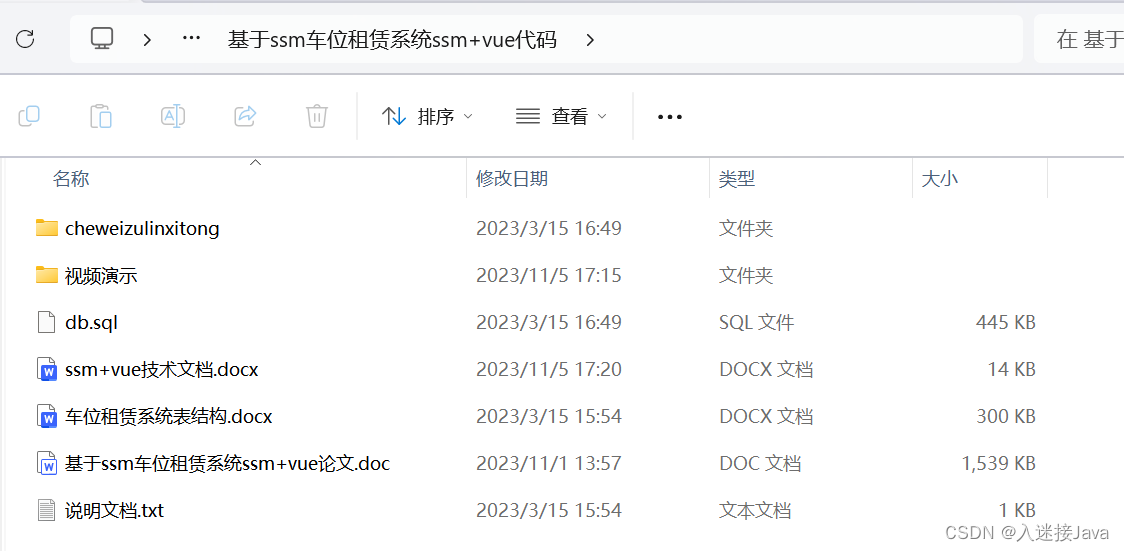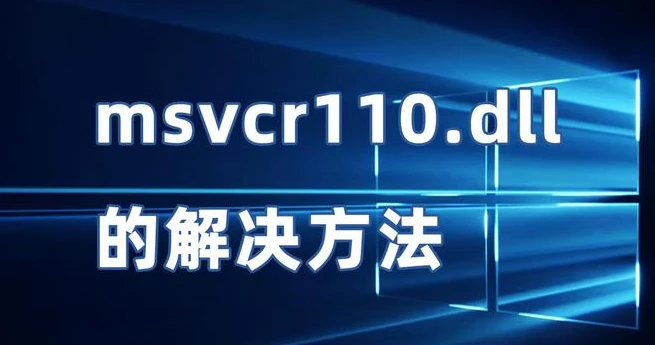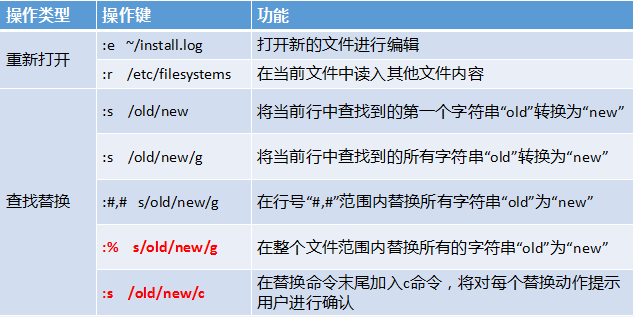文章目录
- 学习链接
- 任务监听器 TaskListener
- 监听器监听的事件
- 监听器委托类DelegateTask
- 任务监听实现方式 — 类class
- 绘制流程图
- 自定义任务监听器
- SiteReportUserTaskListener
- 测试
- 监听实现方式 — 表达式expression
- 绘制流程图
- 自定义 TaskListenerExpression
- 测试
- spring表达式
- 执行监听器 ExecutionListener
- 工作流程事件监听 ActivitiEventListener
学习链接
Activiti深入研究 - 专栏
- 5.2 activiti任务监听器TaskListener
- 5.1 activiti执行监听器ExecutionListener
- 5.3 activiti工作流程事件监听ActivitiEventListener
Activiti7工作流从入门到实战(全网最好的)
- Activiti7工作流引擎:基础篇(六) 任务监听器和流程监听器
Activiti
- activiti学习(五)——执行监听器与任务监听器的基本使用
- activiti学习(十一)——全局事件监听器的基本使用及其原理
程序员一灯-activiti监听器
任务监听器 TaskListener
任务监听器用于在特定的任务相关事件发生时,执行自定义的Java逻辑或表达式
- 任务监听器是处理业务逻辑的重要的地方,当任务创建、设定负责人、完成任务时都可以监听的到,从而来处理自己的业务
- 常用于监听Assignment事件,设置完负责人给负责人发一个消息来通知提示。注意:任务监听器只能用在UserTask上使用。
监听器监听的事件
-
String EVENTNAME_CREATE = “create”;创建):当任务已经创建,并且所有任务参数都已经设置时触发
-
String EVENTNAME_ASSIGNMENT = “assignment”;(指派):当任务已经指派给某人时触发。请注意:当流程执行到达用户任务时,create事件触发前,首先触发assignment事件。这看起来不是自然顺序,但是有实际原因的:当收到create事件时,我们通常希望查看任务的所有参数,包括办理人。
-
String EVENTNAME_COMPLETE = “complete”(完成):当任务已经完成,从运行时数据中删除前触发。
-
String EVENTNAME_DELETE = “delete”(删除):在任务即将被删除前触发。请注意当任务通过completeTask正常完成时也会触发
注意:assignment事件比create先执行。
监听器委托类DelegateTask
我们在监听方法中,能够拿到DelegateTask对象,因此,我们要熟悉这个对象的相关方法
package org.activiti.engine.delegate;
import java.util.Collection;
import java.util.Date;
import java.util.Set;
import org.activiti.engine.ActivitiObjectNotFoundException;
import org.activiti.engine.task.DelegationState;
import org.activiti.engine.task.IdentityLink;
import org.activiti.engine.task.IdentityLinkType;
/**
* @author Joram Barrez
*/
public interface DelegateTask extends VariableScope {
/** DB id of the task. */
String getId();
/** Name or title of the task. */
String getName();
/** Change the name of the task. */
void setName(String name);
/** Free text description of the task. */
String getDescription();
/** Change the description of the task */
void setDescription(String description);
/** indication of how important/urgent this task is with a number between
* 0 and 100 where higher values mean a higher priority and lower values mean
* lower priority: [0..19] lowest, [20..39] low, [40..59] normal, [60..79] high
* [80..100] highest */
int getPriority();
/** indication of how important/urgent this task is with a number between
* 0 and 100 where higher values mean a higher priority and lower values mean
* lower priority: [0..19] lowest, [20..39] low, [40..59] normal, [60..79] high
* [80..100] highest */
void setPriority(int priority);
/** Reference to the process instance or null if it is not related to a process instance. */
String getProcessInstanceId();
/** Reference to the path of execution or null if it is not related to a process instance. */
String getExecutionId();
/** Reference to the process definition or null if it is not related to a process. */
String getProcessDefinitionId();
/** The date/time when this task was created */
Date getCreateTime();
/** The id of the activity in the process defining this task or null if this is not related to a process */
String getTaskDefinitionKey();
/** Indicated whether this task is suspended or not. */
boolean isSuspended();
/** The tenant identifier of this task */
String getTenantId();
/** The form key for the user task */
String getFormKey();
/** Change the form key of the task */
void setFormKey(String formKey);
/** Returns the execution currently at the task. */
DelegateExecution getExecution();
/** Returns the event name which triggered the task listener to fire for this task. */
String getEventName();
/** The current {@link org.activiti.engine.task.DelegationState} for this task. */
DelegationState getDelegationState();
/** Adds the given user as a candidate user to this task. */
void addCandidateUser(String userId);
/** Adds multiple users as candidate user to this task. */
void addCandidateUsers(Collection<String> candidateUsers);
/** Adds the given group as candidate group to this task */
void addCandidateGroup(String groupId);
/** Adds multiple groups as candidate group to this task. */
void addCandidateGroups(Collection<String> candidateGroups);
/** The {@link User.getId() userId} of the person responsible for this task. */
String getOwner();
/** The {@link User.getId() userId} of the person responsible for this task.*/
void setOwner(String owner);
/** The {@link User.getId() userId} of the person to which this task is delegated. */
String getAssignee();
/** The {@link User.getId() userId} of the person to which this task is delegated. */
void setAssignee(String assignee);
/** Due date of the task. */
Date getDueDate();
/** Change due date of the task. */
void setDueDate(Date dueDate);
/** The category of the task. This is an optional field and allows to 'tag' tasks as belonging to a certain category. */
String getCategory();
/** Change the category of the task. This is an optional field and allows to 'tag' tasks as belonging to a certain category. */
void setCategory(String category);
/**
* Involves a user with a task. The type of identity link is defined by the given identityLinkType.
* @param userId id of the user involve, cannot be null.
* @param identityLinkType type of identityLink, cannot be null (@see {@link IdentityLinkType}).
* @throws ActivitiObjectNotFoundException when the task or user doesn't exist.
*/
void addUserIdentityLink(String userId, String identityLinkType);
/**
* Involves a group with group task. The type of identityLink is defined by the given identityLink.
* @param groupId id of the group to involve, cannot be null.
* @param identityLinkType type of identity, cannot be null (@see {@link IdentityLinkType}).
* @throws ActivitiObjectNotFoundException when the task or group doesn't exist.
*/
void addGroupIdentityLink(String groupId, String identityLinkType);
/**
* Convenience shorthand for {@link #deleteUserIdentityLink(String, String)}; with type {@link IdentityLinkType#CANDIDATE}
* @param userId id of the user to use as candidate, cannot be null.
* @throws ActivitiObjectNotFoundException when the task or user doesn't exist.
*/
void deleteCandidateUser(String userId);
/**
* Convenience shorthand for {@link #deleteGroupIdentityLink(String, String, String)}; with type {@link IdentityLinkType#CANDIDATE}
* @param groupId id of the group to use as candidate, cannot be null.
* @throws ActivitiObjectNotFoundException when the task or group doesn't exist.
*/
void deleteCandidateGroup(String groupId);
/**
* Removes the association between a user and a task for the given identityLinkType.
* @param userId id of the user involve, cannot be null.
* @param identityLinkType type of identityLink, cannot be null (@see {@link IdentityLinkType}).
* @throws ActivitiObjectNotFoundException when the task or user doesn't exist.
*/
void deleteUserIdentityLink(String userId, String identityLinkType);
/**
* Removes the association between a group and a task for the given identityLinkType.
* @param groupId id of the group to involve, cannot be null.
* @param identityLinkType type of identity, cannot be null (@see {@link IdentityLinkType}).
* @throws ActivitiObjectNotFoundException when the task or group doesn't exist.
*/
void deleteGroupIdentityLink(String groupId, String identityLinkType);
/**
* Retrieves the candidate users and groups associated with the task.
* @return set of {@link IdentityLink}s of type {@link IdentityLinkType#CANDIDATE}.
*/
Set<IdentityLink> getCandidates();
}
任务监听实现方式 — 类class
绘制流程图

给经理审批节点设置如下任务监听器
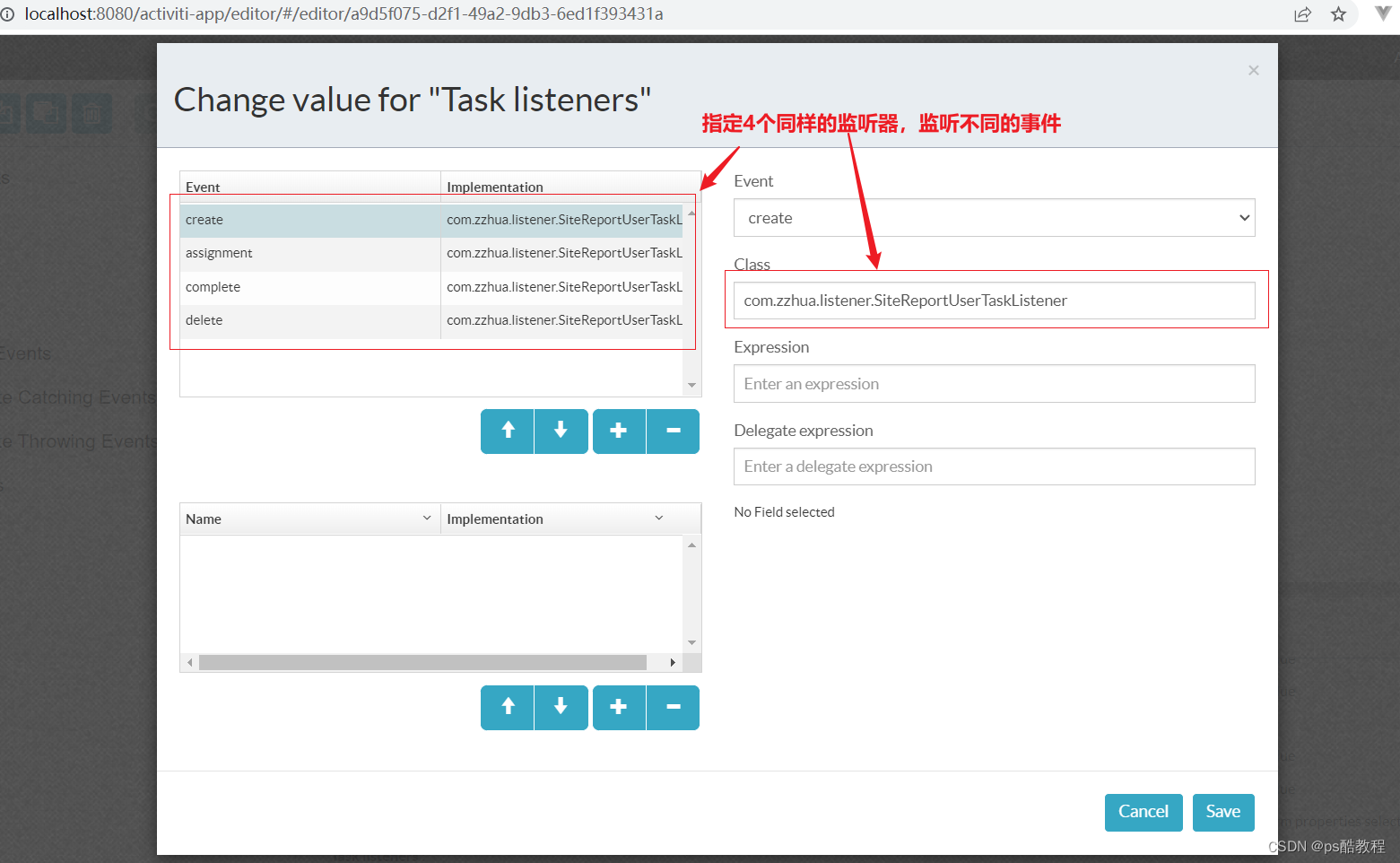
自定义任务监听器
SiteReportUserTaskListener
import lombok.extern.slf4j.Slf4j;
import org.activiti.engine.delegate.DelegateTask;
import org.activiti.engine.delegate.TaskListener;
/**
* 任务监听器用于在特定的任务相关事件发生时,执行自定义的Java逻辑或表达式
*
* 任务监听器支持下列属性:
* event(事件)(必填):任务监听器将被调用的任务事件类型。可用的事件有:
* create(创建):当任务已经创建,并且所有任务参数都已经设置时触发。
* assignment(指派):当任务已经指派给某人时触发。请注意:当流程执行到达用户任务时,create事件触发前,首先触发
* assignment事件。这看起来不是自然顺序,但是有实际原因的:当收到create事件时,我们通常希望查看任务的所有参数,包括
* 办理人。
* complete(完成):当任务已经完成,从运行时数据中删除前触发。
* delete(删除):在任务即将被删除前触发。请注意当任务通过completeTask正常完成时也会触发
*
* class:需要调用的代理类。这个类必须实现 org.activiti.engine.delegate.TaskListener 接口
*
*
* expression:(不能与class属性一起使用):指定在事件发生时要执行的表达式。可以为被调用的对象传递 DelegateTask 对象与事件名(使用 task.eventName )作为参数
*
*
*
* delegateExpression:可以指定一个能够解析为 TaskListener 接口实现类对象的表达式。与服务任务类似
*
*
*/
@Slf4j
public class SiteReportUserTaskListener implements TaskListener {
/*
启动流程时候(按顺序)
收到事件通知: assignment
收到事件通知: create
完成经理审批任务时候(按顺序)
收到事件通知: complete
收到事件通知: delete
*/
@Override
public void notify(DelegateTask delegateTask) {
log.info("收到事件通知: {}", delegateTask.getEventName());
}
}
测试
- 先部署该流程
- 然后,发起1个流程时,它会收到assignment、create
- 然后,部门经理完成该任务,它会收到complete、delete
监听实现方式 — 表达式expression
使用activiti:taskListener元素的expression属性来指定监听器
绘制流程图
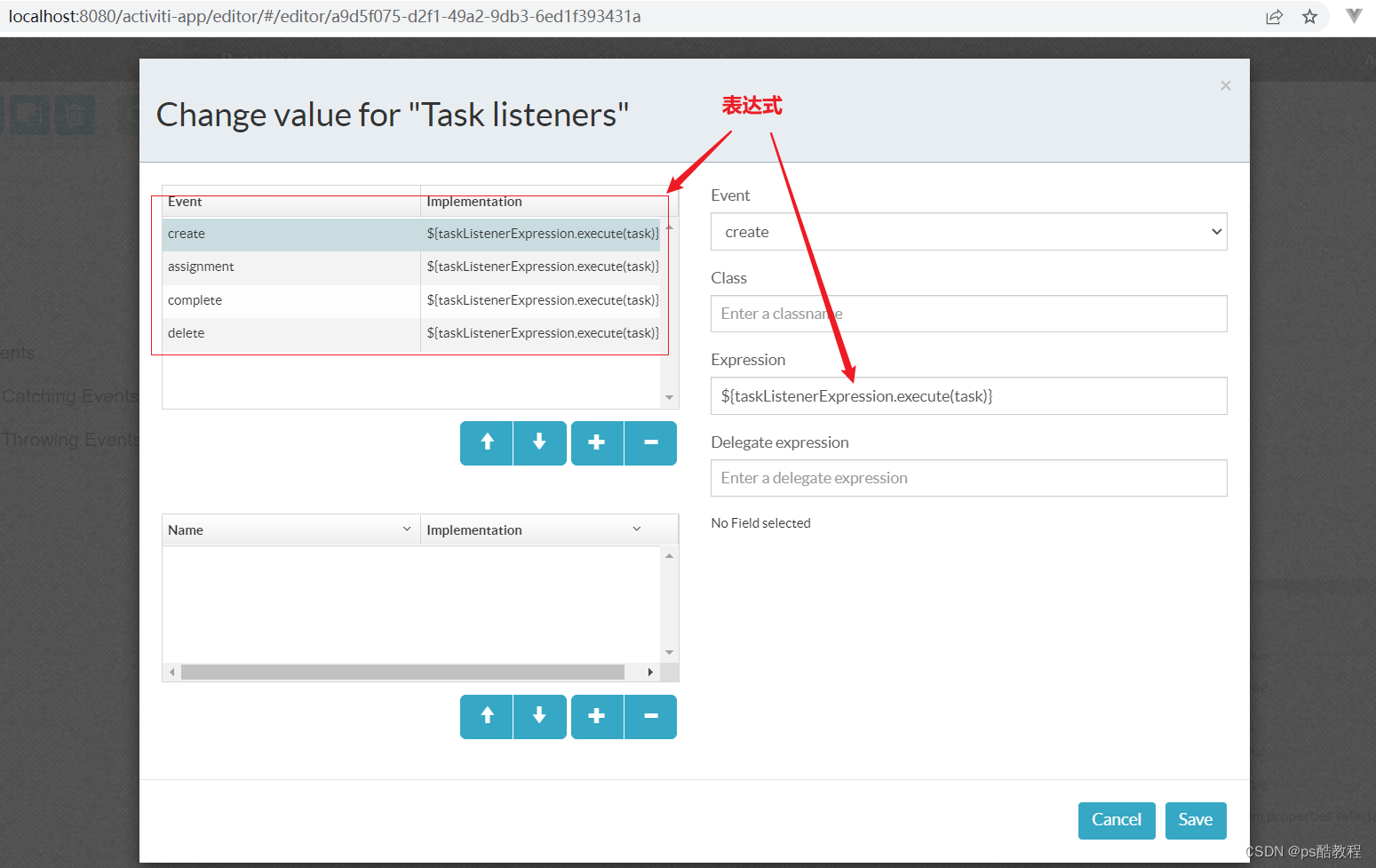
自定义 TaskListenerExpression
@Slf4j
public class TaskListenerExpression implements Serializable {
public void execute(DelegateTask delegateTask) {
log.info("收到事件通知: {}", delegateTask.getEventName());
}
}
测试
-
先部署该流程
-
然后,发起1个流程时,注意发起流程时,这里需要设置taskListenerExpression,然后它会收到assignment、create
// 在流程执行到某个阶段,或者启动流程实例的时候,用下面代码调用 HashMap<String, Object> variables = new HashMap<String, Object>(); variables.put("taskListenerExpression", new TaskListenerExpression()); ProcessInstance processInstance = runtimeService.startProcessInstanceByKey("listener1", variables); -
然后,部门经理完成该任务,它会收到complete、delete
spring表达式
在上面,我们在开启流程时,自己new了1个TaskListenerExpression,并且把它放入了流程变量中。在spring中,我们只需要将此bean定义在spring容器中即可,在启动流程时,不需要把它放入流程变量中,就可以启动流程了(注意:一定要把这个bean定义在容器中,否则会报错)。

